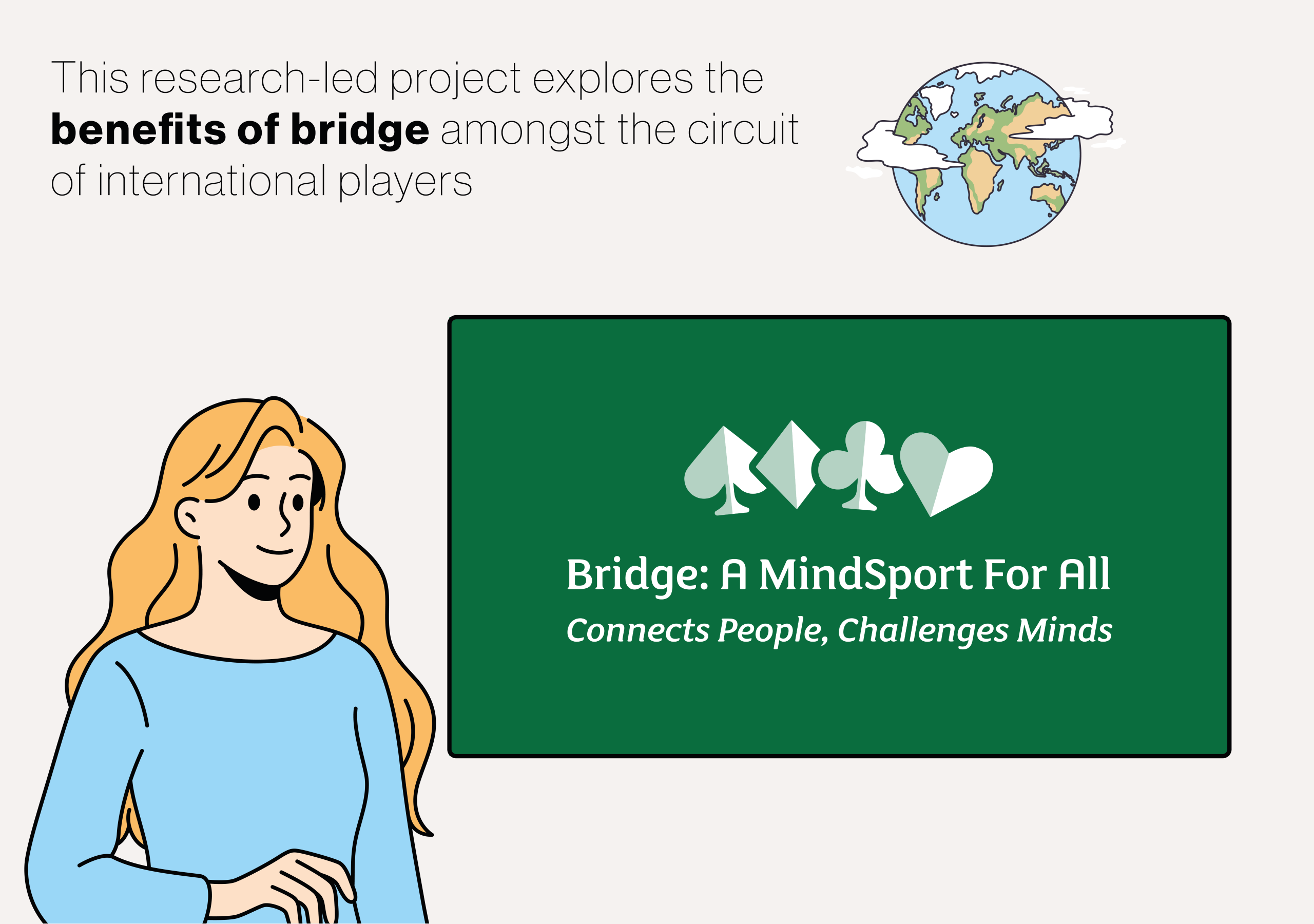In the Autumn of 2022, hopeful college students across the United States clicked through the questions on the Common Application, the digital gateway to more than one thousand colleges and universities. For the first time, alongside their grades, essays, and extracurricular lists, applicants had the chance to provide their gender and pronouns. These questions might seem a small detail, tucked between test scores and teacher recommendations, but their impact is enormous. They mark a turning point in higher education, one where students are able to represent themselves more authentically. Thanks to the work of Dr. Genny Beemyn of the University of Massachusetts Amherst and Dr. Abbie Goldberg of Clark University, we now have the first large-scale glimpse into how a new generation of young people is reshaping society’s understanding of gender. More
Surveys have shown for years that younger people are far more likely to identify as transgender or nonbinary than older generations. A 2022 Pew Research Center study, for example, found that while about 1.6% of U.S. adults overall identified as trans or nonbinary, the number jumped to 5.1% among adults under 30. These younger individuals, who are members of Gen Z, are pushing the boundaries of gender categories, embracing identities such as genderfluid, agender, and genderqueer, and using pronouns beyond the traditional he/him and she/her.
However, until recently, much of this knowledge came from smaller surveys or community studies. What Drs. Beemyn and Goldberg did was different: they tapped into the Common Application, the admissions platform that reaches over a million students each year. It is the largest instrument to ask the gender identity of young people. This meant, for the first time, researchers could see patterns in gender identity and pronoun use at a national scale among people entering college, the very moment when many young adults are beginning to live more openly as themselves.
On the 2023 Common App, about 2.7% of students, more than 31,000 young people, identified as trans or nonbinary. This is less than the 5.1% reported in the 2022 Pew Research Center study because young people are less likely to identify as trans or nonbinary on a college application, due to concerns about discrimination from colleges, not yet recognizing themselves as trans or nonbinary, and filling out the application with family members to whom they are not out.
However, 2.7% of applicants identifying themselves as trans or nonbinary is still a significant number; it’s roughly the population of a mid-sized college campus. Even more remarkable, over 80% of those students referred to themselves using at least one nonbinary label, with genderfluid emerging as the most common.
This shift matters because it signals a change in how young people are describing themselves. Earlier generations of trans communities leaned heavily on labels such as trans woman, trans man, and genderqueer. Today, terms such as genderfluid reflect the sense that gender can change depending on time, context, and personal growth. These identities don’t just break the old binary of male and female; they also highlight the fluidity and creativity with which young people are reimagining gender.
Pronouns, too, are part of this transformation. According to the study, nearly 4% of applicants in 2023 used pronouns beyond the traditional binary sets, a notable jump from the 3.2% of the year before. Most of these students opted for they/them, which has become the most widely used and recognized nonbinary pronoun set in the U.S. But the data also revealed incredible diversity: some students used multiple pronoun sets such as she/her and they/them, others explored neopronouns such as xe/xem or even playful “nounself” pronouns like fae/faer (referring to fairies) or bun/buns (short for bunnies).
These choices are not trivial. For many students, pronouns are a vital way of affirming their sense of self. Research consistently shows that when schools and peers use a student’s chosen pronouns, it reduces stress, depression, and even suicide risk. Conversely, being misgendered, or called by the wrong pronouns, can feel invalidating or even hostile. Because pronouns are included on the Common App, colleges now have a powerful opportunity to start respecting students’ gender identities before they even set foot on campus.
Another key insight from Beemyn and Goldberg’s work is that gender identity does not exist in a vacuum. It intersects with race, citizenship, and other aspects of students’ lives. For instance, most nonbinary applicants were assigned female at birth, echoing earlier research showing that young people raised as girls may feel they have more social space to explore gender diversity than those raised as boys.
Racial patterns also emerged. For instance, multiracial and Latinx students were more likely than average to identify as trans or nonbinary, while Black and Asian students were less likely. Citizenship status played a role too, with international students being significantly less likely to identify as trans or nonbinary, perhaps reflecting cultural differences, language barriers, or fear of stigma in their home countries. These findings remind us that embracing one’s gender identity can depend not only on personal feelings but also on social context, safety, and community support.
So why should all this matter to people who aren’t filling out or reading college applications? Because it is a window into the future. The students in this study are tomorrow’s leaders, coworkers, and neighbors. Their willingness to define themselves outside of rigid categories suggests that our broader culture is shifting.
For colleges, the implications are immediate. Institutions must adapt their systems to ensure that names, genders, and pronouns are accurately reflected in records, class rosters, housing assignments, and diplomas. Faculty and staff need training to use pronouns correctly and to create welcoming environments. These efforts are not just about avoiding mistakes; they are about affirming students’ humanity.
Beyond campus, this research challenges us to rethink how society talks about gender. If tens of thousands of 17- and 18-year-olds can confidently check “nonbinary” or “they/them” on a college application, it’s time for wider society to update its assumptions.
This project was not simply abstract scholarship for the researchers. Dr. Genny Beemyn has long been a pioneering advocate for trans and nonbinary recognition in higher education, which included campaigning to convince the Common App to add these questions, while Dr. Abbie Goldberg has spent her career studying LGBTQ+ families and youth. Together, their collaboration reflects both deep expertise and a genuine commitment to making campuses safer and more inclusive.
The story their research tells is both hopeful and unfinished. The hopeful part is clear: more young people feel free to define their gender identities and pronouns in ways that reflect who they truly are. The unfinished part is that many still face obstacles, whether it is fear of coming out, misgendering from teachers, or legal barriers in states where trans people have few rights.
However, knowledge is power. Thanks to the work of Beemyn and Goldberg, we now have data that can guide colleges in becoming more supportive, help families understand their children better, and spark broader conversations about gender diversity. In the end, perhaps the most radical finding is also the simplest: when asked to describe themselves, thousands of students refused to be reduced to just M or F. They said, in essence, I am more than a checkbox.







